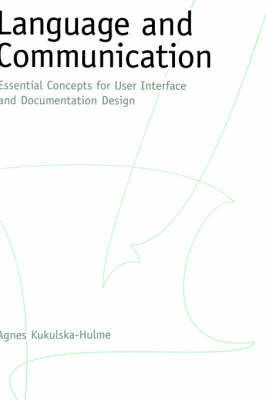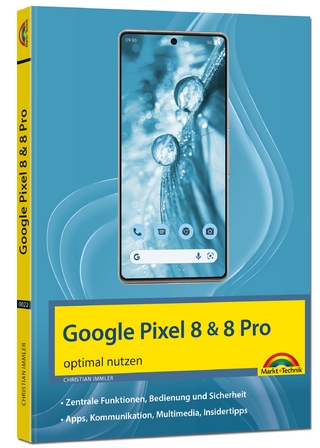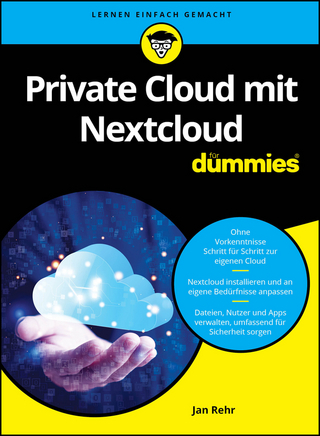
Language and Communication
Essential Concepts for User Interface and Documentation Design
Seiten
1999
Oxford University Press Inc (Verlag)
978-0-19-510838-5 (ISBN)
Oxford University Press Inc (Verlag)
978-0-19-510838-5 (ISBN)
This text proposes a different approach to computer interface design. It explains why the user-friendly interface is treated with such derision, and argues that software and hardware designers should consider such language concepts as meaning, context, function, variety, and equivalence.
Computer interfaces and documentation are notoriously difficult for any user, regardless of his or her level of experience. Advances in technology are not making applications more friendly. Introducing concepts from linguistics and language teaching, Language and Communication proposes a new approach to computer interface design. The book explains for the first time why the much hyped user-friendly interface is treated with such derision by the user community. The author argues that software and hardware designers should consider such fundamental language concepts as meaning, context, function, variety, and equivalence. She goes on to show how imagining an interface as a new language can be an invaluable design exercise, calling into question deeply held beliefs and assumptions about what users will or will not understand. Written for a wide range of computer scientists and professionals, and presuming no prior knowledge of language-related terminology, this volume is a key step in the on-going information revolution.
Computer interfaces and documentation are notoriously difficult for any user, regardless of his or her level of experience. Advances in technology are not making applications more friendly. Introducing concepts from linguistics and language teaching, Language and Communication proposes a new approach to computer interface design. The book explains for the first time why the much hyped user-friendly interface is treated with such derision by the user community. The author argues that software and hardware designers should consider such fundamental language concepts as meaning, context, function, variety, and equivalence. She goes on to show how imagining an interface as a new language can be an invaluable design exercise, calling into question deeply held beliefs and assumptions about what users will or will not understand. Written for a wide range of computer scientists and professionals, and presuming no prior knowledge of language-related terminology, this volume is a key step in the on-going information revolution.
PART I. INTRODUCTION AND FOUNDATION ; 1. Introduction ; 2. Foundation Concepts ; PART II. ESSENTIAL LANGUAGE CONCEPTS AND THE USER INTERFACE ; 3. Language Varieties ; 4. Language Changes ; 5. Language Correspondences ; 6. The Effect of Context ; 7. The Effect of Medium and Interaction ; PART III. LANGUAGES FOR SPECIAL PURPOSES AND FUNCTIONS ; 8. Labeling and Abbreviation ; 9. Explanation and Assistance ; PART IV. SUMMARY AND RECOMMENDATIONS ; 10. Making It Work ; Appendix: Language Resources and Further Readings
| Erscheint lt. Verlag | 1.7.1999 |
|---|---|
| Verlagsort | New York |
| Sprache | englisch |
| Maße | 247 x 160 mm |
| Gewicht | 445 g |
| Themenwelt | Mathematik / Informatik ► Informatik ► Betriebssysteme / Server |
| Mathematik / Informatik ► Informatik ► Software Entwicklung | |
| ISBN-10 | 0-19-510838-8 / 0195108388 |
| ISBN-13 | 978-0-19-510838-5 / 9780195108385 |
| Zustand | Neuware |
| Haben Sie eine Frage zum Produkt? |
Mehr entdecken
aus dem Bereich
aus dem Bereich
der Ausbildungsbegleiter
Buch | Hardcover (2023)
Rheinwerk (Verlag)
39,90 €


